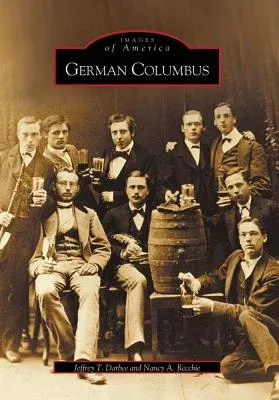Jeffrey T Darbee
(Author)German ColumbusPaperback, 11 May 2005

Qty
1
Turbo
Ships in 2 - 3 days
In Stock
Free Delivery
Cash on Delivery
15 Days
Free Returns
Secure Checkout

Part of Series
Images of America
Part of Series
Images of America (Arcadia Publishing)
Print Length
128 pages
Language
English
Publisher
Arcadia Publishing (SC)
Date Published
11 May 2005
ISBN-10
0738533963
ISBN-13
9780738533964
Description
Product Details
Authors:
Book Format:
Paperback
Country of Origin:
US
Date Published:
11 May 2005
Dimensions:
23.42 x
16.97 x
0.91 cm
ISBN-10:
0738533963
ISBN-13:
9780738533964
Language:
English
Location:
Charleston, SC
Pages:
128
Publisher:
Weight:
299.37 gm